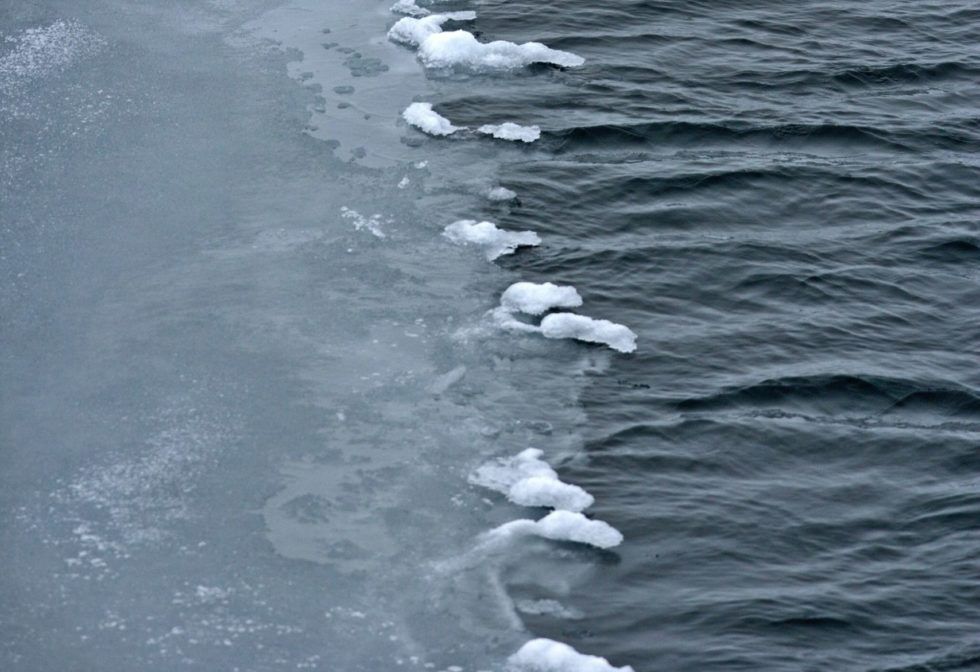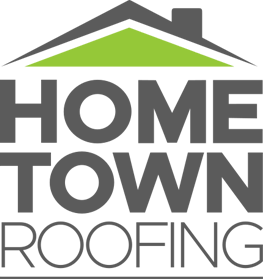
A Major Winter Hazard
It’s wintertime, and along with hot cocoa, joyful holidays, and warm, fuzzy socks, the season also has its drawbacks. One of those is weather conditions that can cause major problems for important parts of your home. One of the biggest winter hazards for your roof is something called an ice dam. Ice dams can damage your gutter system and cause your roof to leak, eventually leading to damage that may require a full roof repair. Here’s what you need to know about ice dams and how to prevent them this winter.
What is an Ice Dam?
When snow melts on the upper part of your roof, it naturally flows to the lower portion, which is cooler. If it’s cool enough, it will re-freeze. This is where icicles come from. In addition to looking pretty, this ice can also block the flow of more melting snow and soon begins to act like a dam and trapping water on your roof. As the moisture sits on your roof, it eventually begins to get under your shingles and leaking into your home. The most common condition for ice dams is a snowstorm that is followed by subzero temperatures. You don’t need a lot of snow, either. As little as an inch can lead to troublesome ice dams.
What Can an Ice Dam Do to Your Roof?
The biggest problem caused by ice dams is not the leaks but what the leaks lead to. If the leaks occur in the attic, you could ruin your insulation and breed dangerous mold. If the water leaks into your walls, it could ruin your drywall, rot wood, or even short out your electrical systems. If the insulation in the walls is affected, it can sink and leave the upper parts of your wall unprotected.
Signs of leaks in your home might not be what you’d expect. Stains on the ceiling, peeling paint, and damaged wall boards are obvious signs of leaks, but so are rotten smells, corrosion of metal connections, and mold growth and these signs may be difficult to identify.
How Can You Prevent Ice Dams?
While you can’t prevent snow from falling on your roof, there are a few actions you can take to help prevent ice dams from forming. The best way to keep them from forming is by keeping your roof cold. You can do this by having the right kind and amount of insulation in your attic and by finding any air leaks in your attic and filling them. Having adequate ventilation in your roof is another way to keep the ice away from your roof. It’s also recommended that you clean your gutters thoroughly prior to the first snowstorm of the season. Not sure how your insulation or ventilation is performing? It’s always best to call a professional roofing contractor like those at Hometown Roofing to check your roof out and make suggestions for improving it.

